Olli's playground
The Olli's Playground series is your personal guitar lesson with our guitar guru. Here you get exercises, food for thought, interesting facts and lots of guitar.
Episode 1: Navigating the Scale
In the first episode, Olli gives you an introduction to the perhaps somewhat dusty theme of scales and their application and benefits when playing the guitar. In addition to the different ways to play these on a guitar, you will also learn how a little creative variation can result in more interesting melodies from ascending or descending scales.
As an exercise, it is recommended to become familiar with all the notes of the C major scale across the entire fretboard .

Episode 2: You're still playing the scale
The second episode of Olli's playground refers directly to the first episode and goes into more detail about the relationship between scales and different chords as well as the variation and design of the notes played based on the scale - "using the tone pot", like Olli calls it. Various grip patterns are also presented.
As an exercise, it is recommended to play the scale with emphasis or cover to a specific chord.

Episode 3: How many ladders left?
The third part of the ladder trilogy from Olli's playground is about the modes, how you get there from the scale and combine them with chords. Using the example of the Mixolydian mode, Olli shows how this can be derived from the chord.
As an exercise, it is recommended to study one modes per key and then memorize the notes and positions on the fretboard .

Episode 4: Olli's dreamy minor fantasy
Things get really practical in this episode. Using E minor as an example, Olli shows how you can play and improvise musically with the notes known from the scales, because: "scales are not music"! The three tones that make up the underlying chord, in E minor they are e, g and b, form the core of the melody. The key word here is “tension and release”. The notes outside of the “core tones” in question create tension and dissolve into the “core tones” (release). You will also learn how the core tones can be distributed in different shapes across the fretboard .
As an exercise, it is recommended to familiarize yourself with the E minor chord in different fingerings and the scales behind it.

Episode 5: See chords within a scale
This episode refers again to the previous one and is intended to help you better recognize the connection between chords and scales. Various visual divisions of the fingerboard such as “three notes per string” or the CAGED system are language.
As an exercise, it is recommended, on the one hand, to move the finger style of the classic open chords to other tones across the fretboard and, on the other hand, to find all possible triads on the fretboard for certain chords.
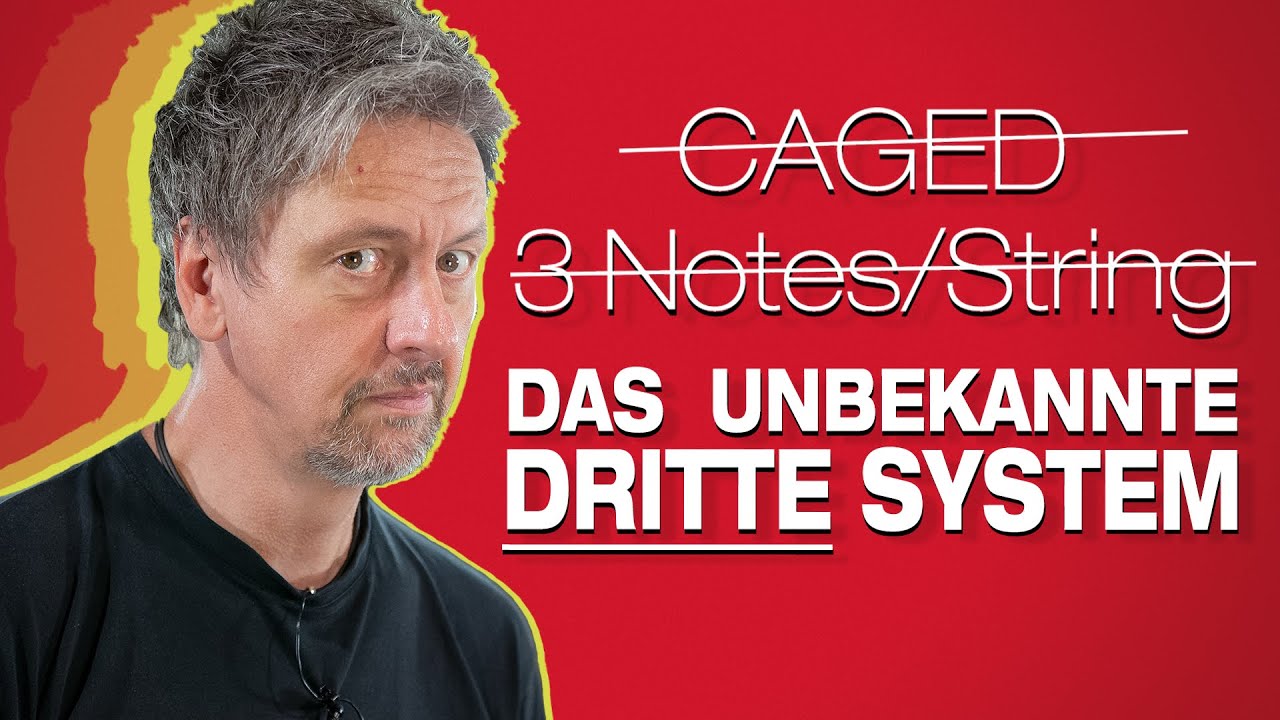
Episode 6: Memorization versus improvisation
As the titel suggests, this episode is about Olli's thoughts on the two approaches of "memorizing" and "improvising".
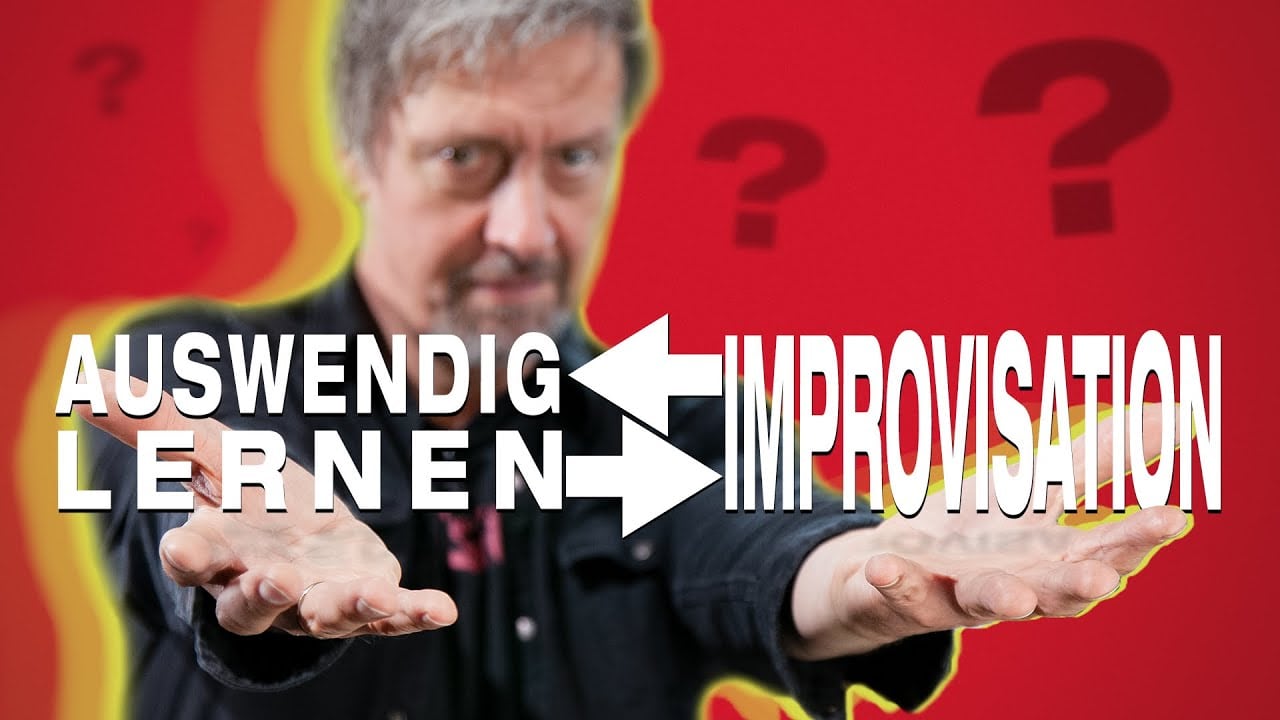
Episode 7: Timing & Rhythm
Episode 7 is about nothing less than the most important thing and the basis of EVERYTHING that turns sounds into music: timing.
As an exercise, it is recommended to play at a specific tempo, for example to a metronome, and apply the rhythm to what is being played. Foot tapping or head nodding can be added as physical support.
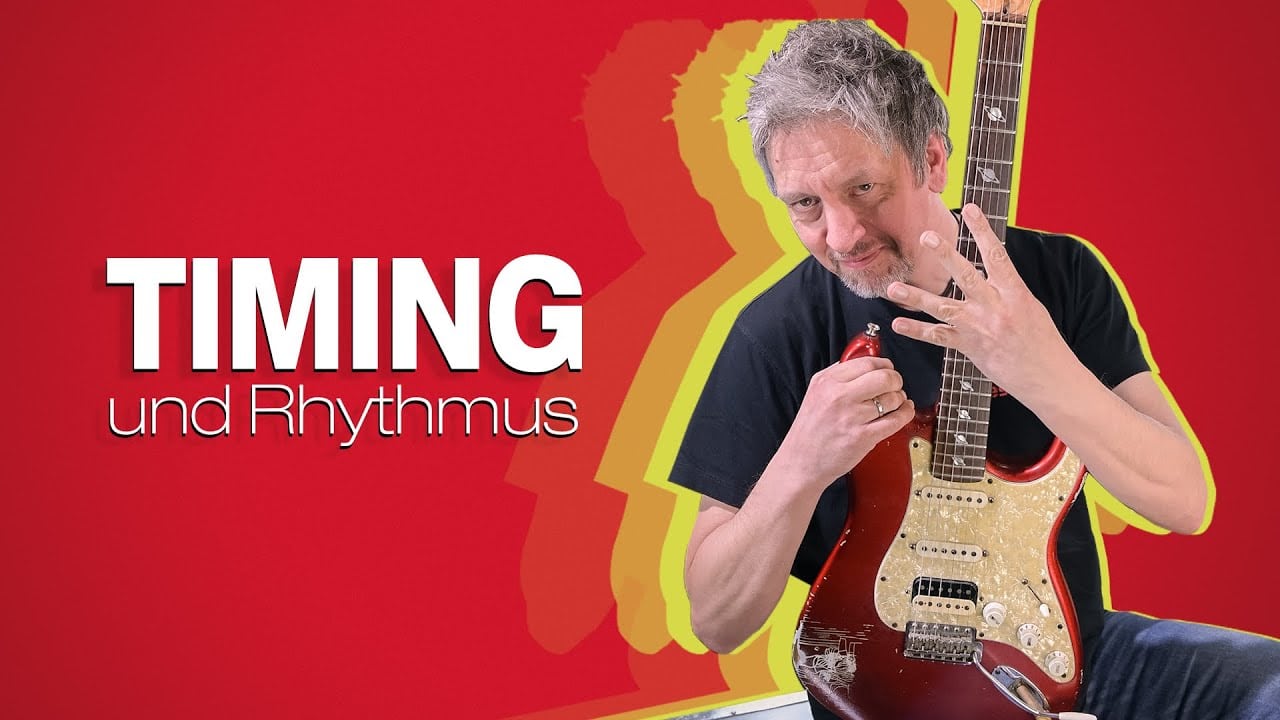
Episode 8: Vibrato
The eighth episode of Olli's Playground is about one of the most important tools for individualizing your guitar playing and at the same time giving it more expression and emotion: vibrato, i.e. pulling the side and thus increasing the tone. Good vibrato can even be a core characteristic of a guitarist. According to Olli, the basic ingredients that you need to work on throughout your life are motor skills and the right amount of effort.
As an exercise, it is recommended to play to a backing track or tempo and then tonally pull and relax the held note at the right tempo without distorting the sound, i.e. pulling it too little or too far.
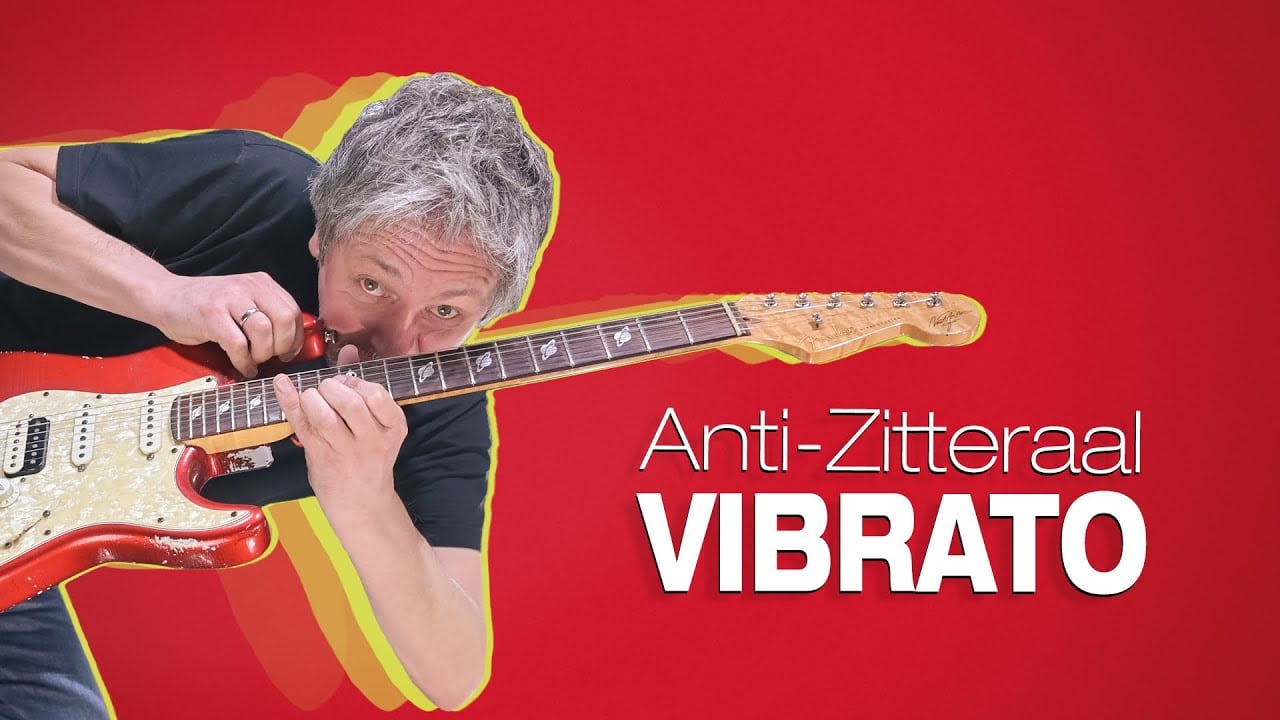
Episode 9: Do you still have a pulse?
Episode 9 deals with the theme of timing again. Olli gives you tips on how to improve your sense of rhythm and connect your guitar playing even more closely to the beat.

Episode 10: Pinch Harmonics
This edition deals with the theme of pinch harmonics and how the tone can be shaped by your fingers. Here you will learn what pinch harmonics are all about, how they are created and how you create them.
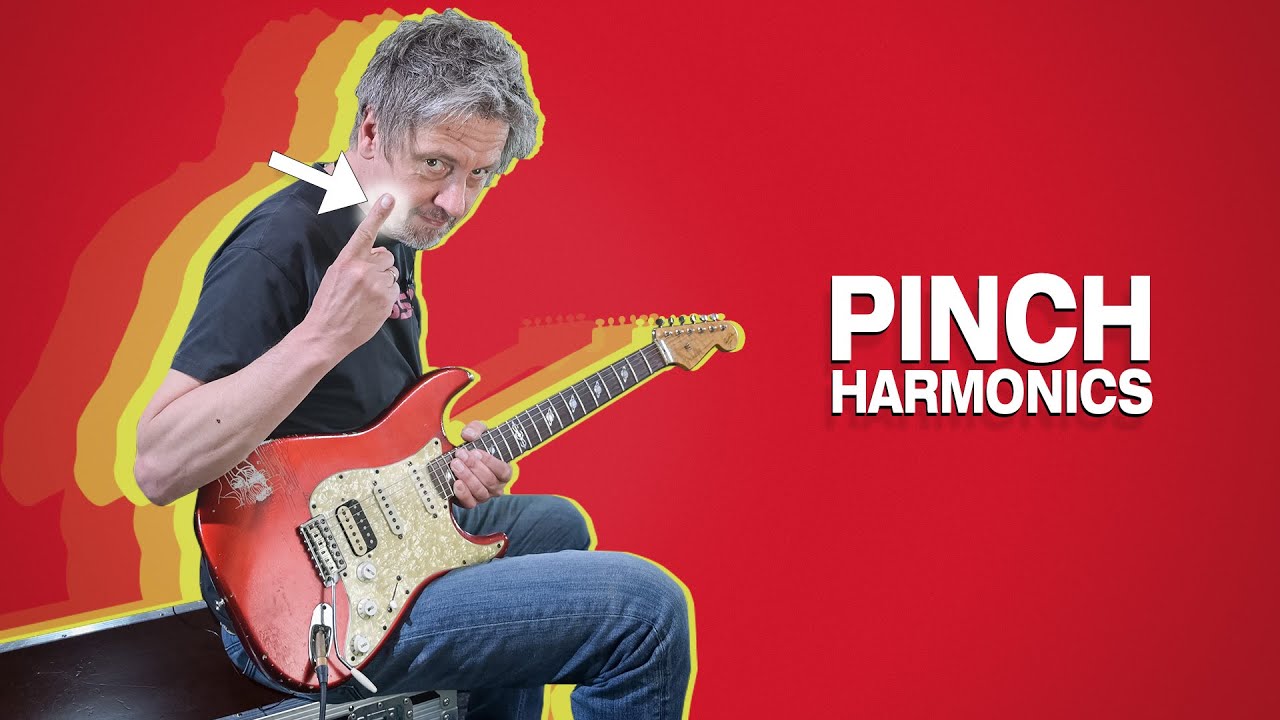
Episode 11: Playing the electric guitar with feeling
In episode 11, Olli gives a short talk about the often mentioned, somewhat mystical and meaningful "feeling" when playing the guitar and what can give the listener goosebumps.
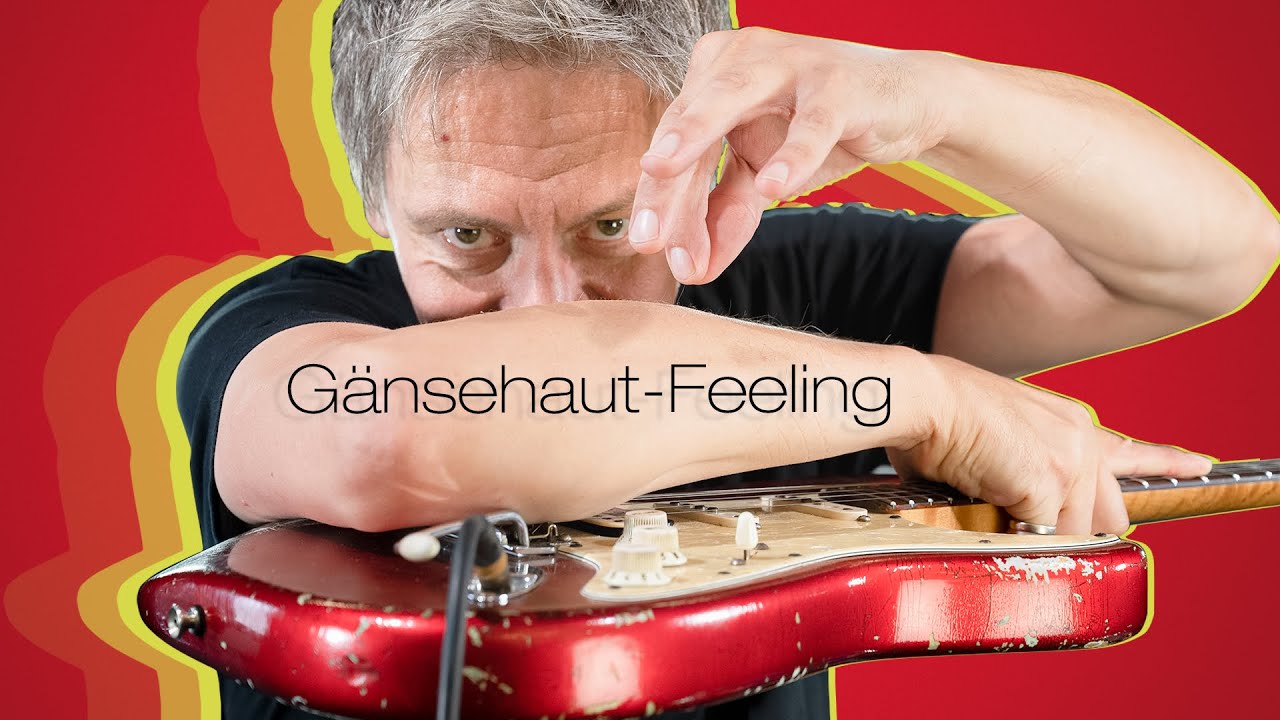
 Trusted Shops: 4.84/5,00 (10085)
Trusted Shops: 4.84/5,00 (10085)
